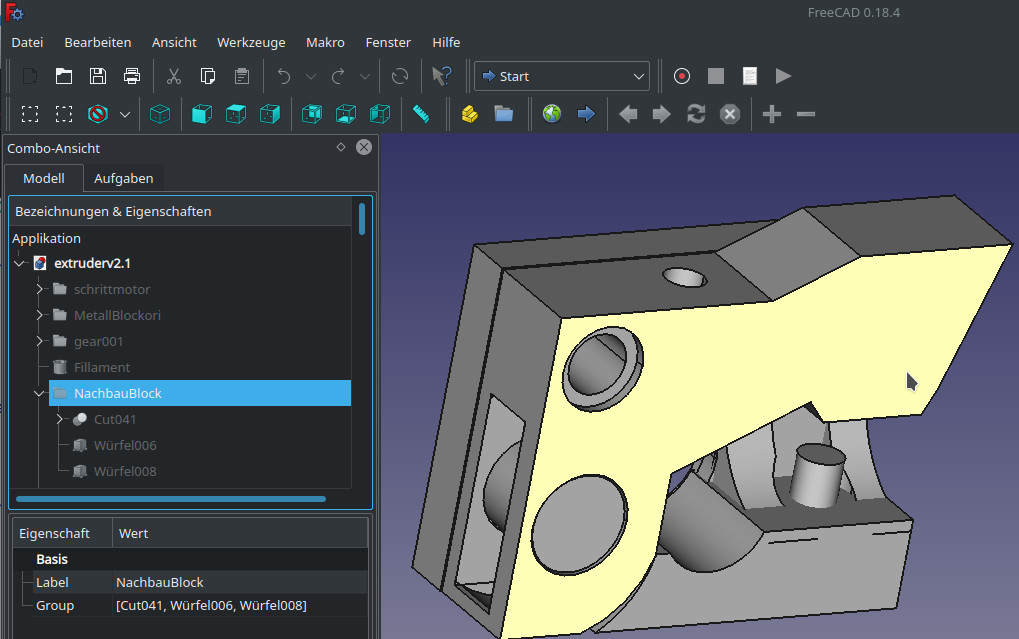
That's missing the point.įor hobby 3d printing (realistically that's 90% of why hobbyists are interested in CAD now, right?) I would recommend to learn both. It's like comparing Notepad++ to VS Code. * Freecad makes it easy to go back and forth between 2D and 3D drawings. tube inner/outer diameter vs inner & thickness) is also easier in Freecad - especially when parts depend on each other. But you would have to derive and write down the formulas for every parameter of every part, and so in practice you'll end up with too many hardcoded numbers, and your model won't be that easy to change. In theory, openscad's approach is superior. * Freecad's constraint solving based approach tends to make your models easier to change than Openscad's scripting approach. In Freecad you click the edge and click fillet, and it works even in complicated cases (e.g. * Even simple fillets (rounded edges) are so annoying in openscad people leave them out. * Openscad is unitless (lengths are like "1", not "1mm"). In addition to what the two (at this time) sibling posts mentioned, even for hobbyist level 3d printing: Protip: prefix a negative shape with # to see it in the preview - like in the above replace cube with #cube So we change the cut cube to be out of the origin line by 0.05mm:

Make a watertight join between the two - you want to make sure the two shapes overlap a tiny bit. Because this is so similar, you can reuse the code: import the part again, translate it by 5mm in negative x direction, and subtract from it a centered cube larger than the part that is moved in negative x direction so that it ends at x=0. import the part, translate it by 5mm in positive x direction, and subtract from it a centered cube larger than the part that is moved in positive x direction so that it ends at x=0: Say you have a centered 30x10x10 mm part and you want to remove the central 10mm.

Openscad is the best for working with existing STLs. Most users use conda to get all the dependencies going which is a horrible monstrosity.


 0 kommentar(er)
0 kommentar(er)
